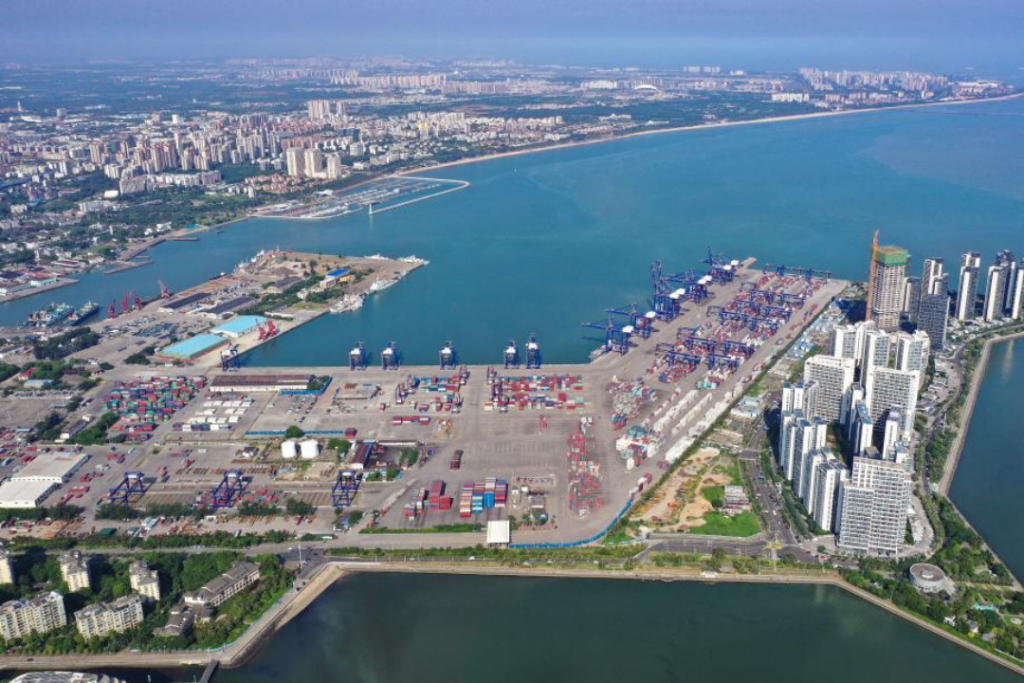China Aims to Make Hainan Even More of a Free Trade Port
By Qing Na


South China’s Hainan province will expand the categories of goods that qualify as duty-free as part of a broader effort to open up trade on the island, an official at the nation’s top economic planner said Wednesday.
The effort marks another step in China’s trade liberalization plans for the island, which has already been designated a free trade port and granted certain allowances, such as duty-free imports of certain products.
The duty-free expansion is part of what’s being called an islandwide independent customs operation, which will begin to be implemented on Dec. 18, said Wang Changlin, a deputy head of the National Development and Reform Commission.
“The entire Hainan Island will be designated as a special customs supervision zone,” Wang said.
The arrangement will create two different sets of rules on the island. The first set will apply to trade between Hainan and the world outside the Chinese mainland’s customs territory, Wang said. Trade will be freer under these rules, with streamlined regulations for imports and exports.
The second set will apply to trade between Hainan and the rest of the mainland, specifically in regard to the movement of products covered by the first set of rules, Wang said.
The new arrangement will allow for freer movement of production factors within the free trade zone.
Wang pointed out that the initiative “does not mean sealing off the island, but rather making it more open.”
The Hainan Free Trade Port has been an important part of China’s recent efforts to further open up its economy. In 2020, China released a plan to turn the province into an “internationally influential, high-level” port by 2050. The blueprint outlined 60 key measures, including tax breaks and lighter regulations, that aim to make foreign trade and investment easier on the island.
The new arrangement will increase the share of imported goods categories eligible to be duty-free from the current 21% to 74%, Wang said.
These duty-free goods — as well as the goods they are used to produce — will be afforded freer movement on the island, according to Liao Min, a vice finance minister. The use of these products will no longer be limited to the businesses that have imported or produced them. They can move freely among eligible entities on the island without being subject to retroactive import taxes.
Liao said the change will be a positive for extending local industrial chains, improving competitiveness, and fostering industrial cluster effects on the island.
Wang said duty-free products that undergo 30% value-added processing on the island will qualify for a tariff exemption if they are sold to the rest of the mainland.
In terms of logistics and movement of people under the new regime, Wang said most goods — as well as all personnel, personal items, and means of transportation — will continue to be managed under existing regulations. The exception will be for certain goods that require inspection when entering the rest of the mainland from the Hainan Free Trade Port.
Contact reporter Qing Na (qingna@caixin.com) and editor Michael Bellart (michaelbellart@caixin.com)
caixinglobal.com is the English-language online news portal of Chinese financial and business news media group Caixin. Global Neighbours is authorized to reprint this article.
Image: boygek – stock.adobe.com
